ASRock RX 6600 Challenger ITX
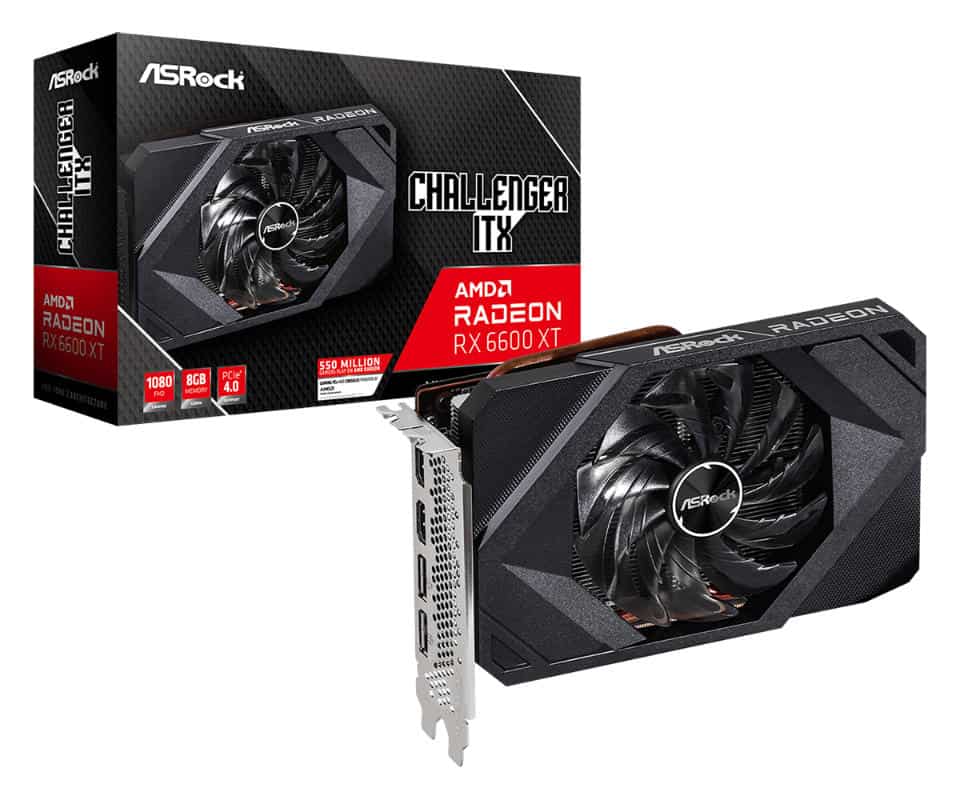
Small form factor
Same specs as others
Prone to overheating
Lesser performance than other options
Is the lower level cards enough for most these days?
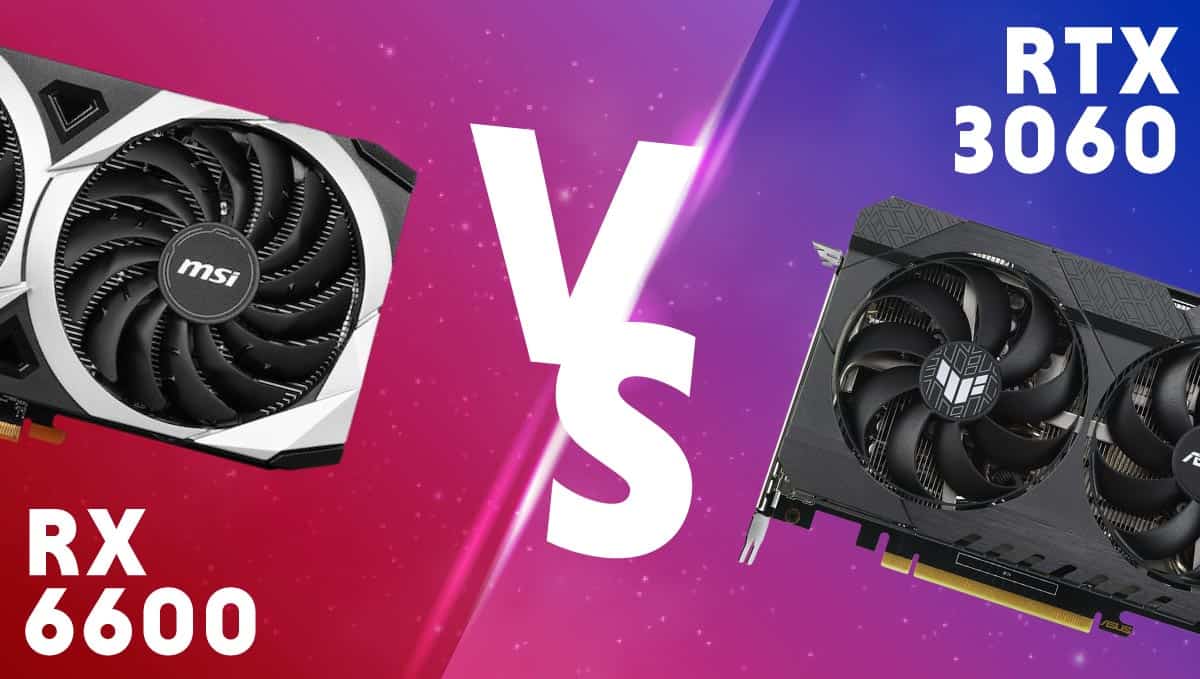
WePC is reader-supported. When you buy through links on our site, we may earn an affiliate commission. Prices subject to change. Learn more
In another comparison, we look at the Nvidia and Radeon low end. With the RX 6600 vs RTX 3060. The two with different architectures are built differently, giving people a choice of options for their best graphics card.
Both of the GPUs were released in the same year but on either end and at varying times away from their series launch dates. The RTX 3060 is the older option, coming out in February 2021. Whilst the RX 6600 was out in October of the same year. A 6-month difference for improvements to occur.

Small form factor
Same specs as others
Prone to overheating
Lesser performance than other options
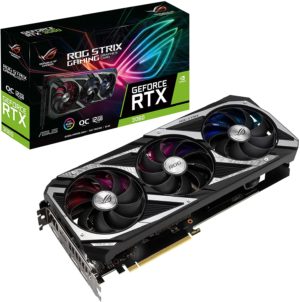
Premium new-age design
Very efficient cooling
Axial-tech fan design
Excellent build quality
On the expensive side
In terms of the build of the graphics card die, there is architecture. This affects how the processing in the card functions. With differing optimizations and how they work together to create the final graphics on your display.
Looking more closely at them, we see the RX 6600 features a Navi 23 XL GPU, part of the RDNA 2 architecture. Made with TSMCs 7nm process it creates a die 237mm² in size with 11.06 billion transistors.
Whereas the RTX 3060 is an Ampere card with the GA106-300 GPU. It creates a die 276mm² in size with the Samsung 8nm process with 12 billion transistors.
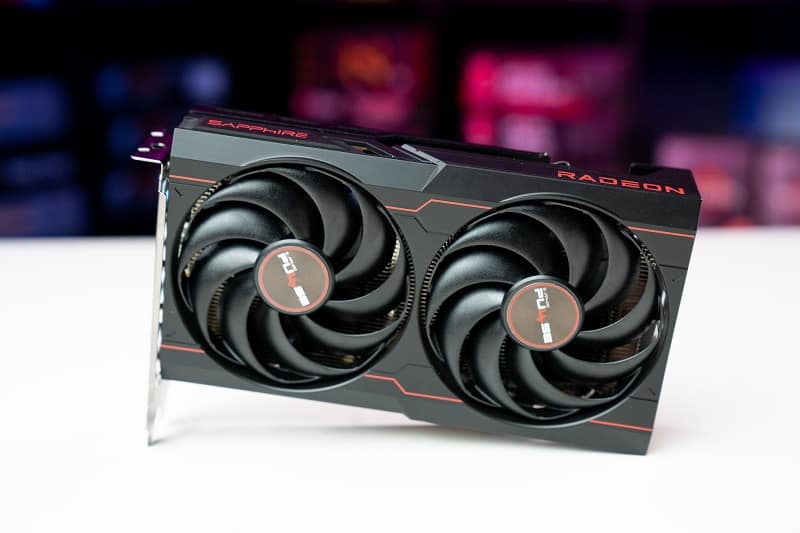
| RX 6600 | RTX 3060 | |
|---|---|---|
| GPU | Navi 23 XL | GA106-300 |
| Shading units | 1,792 | 3,584 |
| RT cores | 28 | 28 |
| TMUs | 112 | 112 |
| Memory | 8GB GDDR6 | 12GB GDDR6 |
| Base clock | 1,626 MHz | 1,320 MHz |
| Boost clock | 2,491 MHz | 1,777 MHz |
| Memory clock | 14 Gbps | 15 Gbps |
| Card bus | PCIe 4.0 x8 | PCIe 4.0 x16 |
| Memory bandwidth | 224.0 GB/s | 360.0 GB/s |
| TDP/TBP | 132 W | 170 W |
Architecture is a big difference for the card, so there are other standard specifications to compare between them. Here we compare the cards and what they actually do.
These are the specialized areas of the GPU core. Each area works together on its tasks to create the final image displayed. In particular, we have the shading units for shadows and shading the scene, RT cores for real-time ray tracing, and TMUs for 3D objects. Although these aren’t all of them it is a good start.
Between the RX 6600 vs RTX 3060, we see a lot of similarities and a big difference. RT cores and TMUs are reported at the same number between them with 28 and 112. Whilst the 3060 opts for higher shading units with its CUDA cores. It has 3,584 compared to 6600s 1,792 stream processors. It doesn’t immediately mean it is better in that area as optimizations and other factors can affect it.
Video memory is the buffer between your GPU and display. Allowing for a better experience with framerate and latency as it holds the next frames ready to show. A higher capacity is especially important for large resolutions with their higher pixel counts.
There are a few differences between the two cards in the VRAM department. The 6600 has 8GB of GDDR6 memory. Which clocked at 14 Gbps with a 128-bit bus gets a bandwidth of 224 GB/s.
Whilst the 3060 has 12GB of GDDR6. Clocked at 15 Gbps with a 192-bit bus it gets a bandwidth of 360 GB/s. So we see the Nvidia card lead in terms of the available bandwidth in memory.
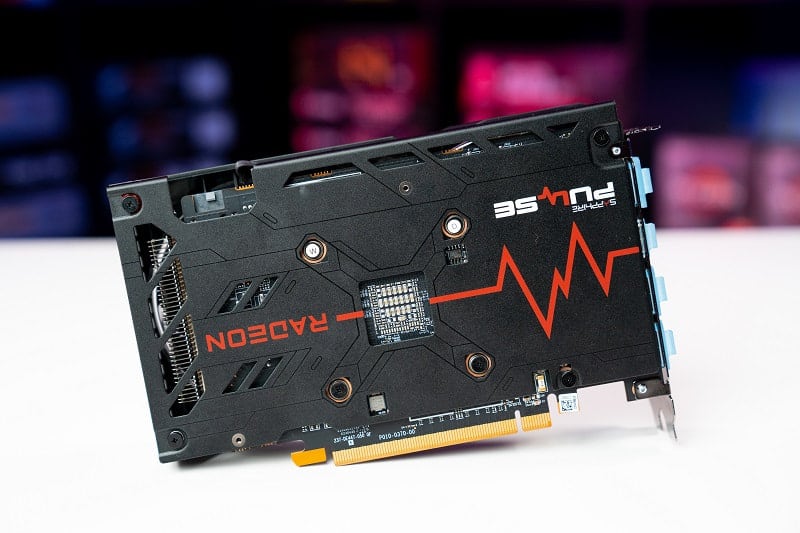
Also known as the frequency it is how often the silicon crystals of the die flip. Meaning how quickly the instructions get processed and make the graphics. Although not the final factor for performance it is a target for GPU overclocking and getting the most out of the card.
Comparing the two graphics cards, it is team Red that takes the lead as usual. With a base clock of 1,626 MHz and a boost clock of 2,491. Compared to the 3060s base of 1,320 MHz and boost of 1,777 MHz.
TDP is the total amount of energy the card will consume at max utilization. It is an indicator of your energy usage and how much heat the cards will give off. Comparing the two, we see Team Green running hotter with 170 W compared to 132 W. So if you mind your usage it may be an important consideration.
One other factor is the PCIe bus used on the card. This is the interface between it and the motherboard that will dictate the available bandwidth. They still use the same 4th generation connector but change the lane size which still affects the throughput.
The 3060 uses the full x16 lanes which allows up to 31.508 GB/s. Whilst the 6600 only has an x8 lane. This halves the available amount to 15.754 GB/s, although this may not be an important difference if the performance keeps up. But older slots will also lower the limit and so it could negatively limit the performance.
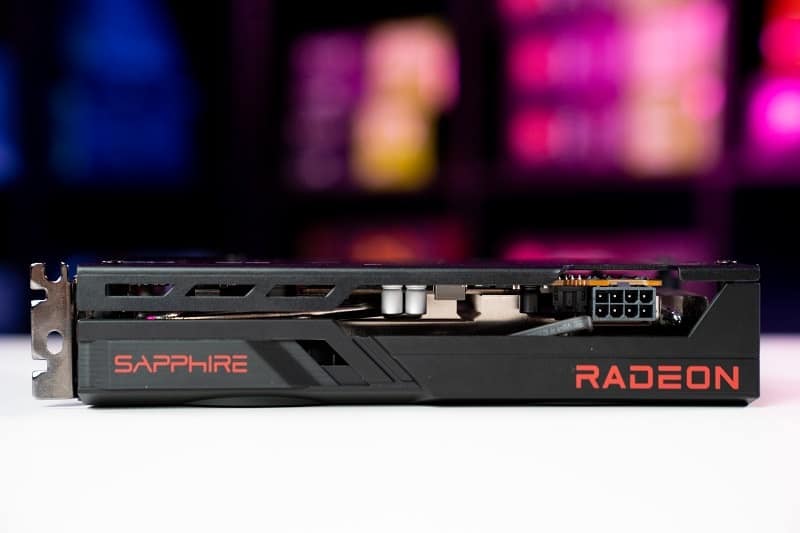
For the initial performance, we look to 3DMarks benchmarks for a direct graphical comparison. In it, the RTX 3060 achieves a score of 8,766 with a price-to-performance ratio of 26. Whilst the RX 6600 gets a score of 8,131 with a ratio of 24. A near 9% difference between the two options.
Looking at Toms Hardware review we can get a performance comparison for the cards. Where at 1080p the RX 6600 averages 100.8 FPS, and 70.9 at 1440p. Whilst the RTX 3060 manages 103.1 and 77.3 FPS on average. Which does mean a lead of 2% and 9% lead for the older card.
In terms of pricing, we look to the MSRP of the cards. With both releasing at the height of expensive GPUs, there may be some skew in their pricing. However, they did release at the same MSRP of $329USD/£299. So if they are available for the same price it will mostly come down to the other factors.
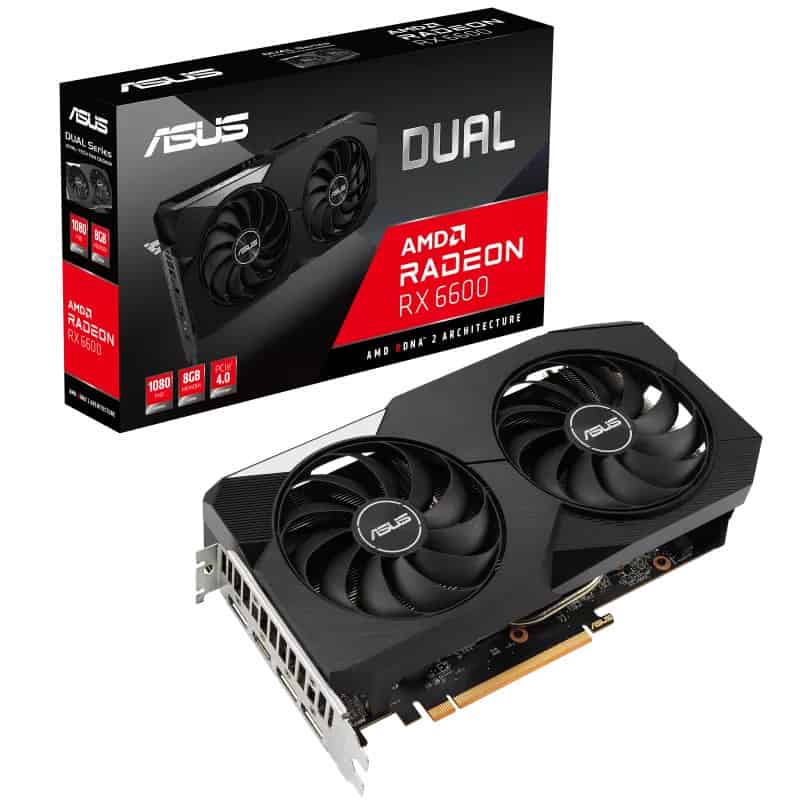
Great build quality
Effective cooling
Silent operation
More expensive option
Shop on Amazon
CHECK PRICE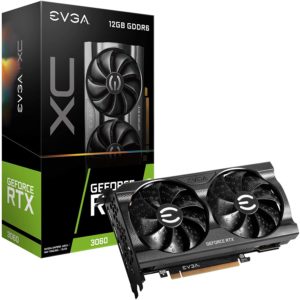
Decent value for money
Strong all-metal backplate
Great build quality
Custom designed PCB for additional airflow
Only offers dual fan design
Based on the performance and price of the RX 6600 vs 3060 it is the RTX 3060 that does come ahead. It leads in the raw performance whilst meaning to cost the same. However, there are some features to consider between them and your needs.
Nvidia offers a better ray tracing performance and DLSS uplift. But AMD offers that with RSR in any game so you can get even more out of it. So it may come down to your local pricing and what you’re looking for from your graphics card.
In terms of frequency, it is the usual case that AMD has a higher clock rate. And so in terms of the base clock, the RX 6600 is 23% faster and has a 40% faster boost clock.
In terms of graphical performance, in 3DMark benchmarks, the RTX 3060 is 6% better than the 6600. This also continues in gaming, where it averages 2% and 9% higher on average at 1080p and 1440p